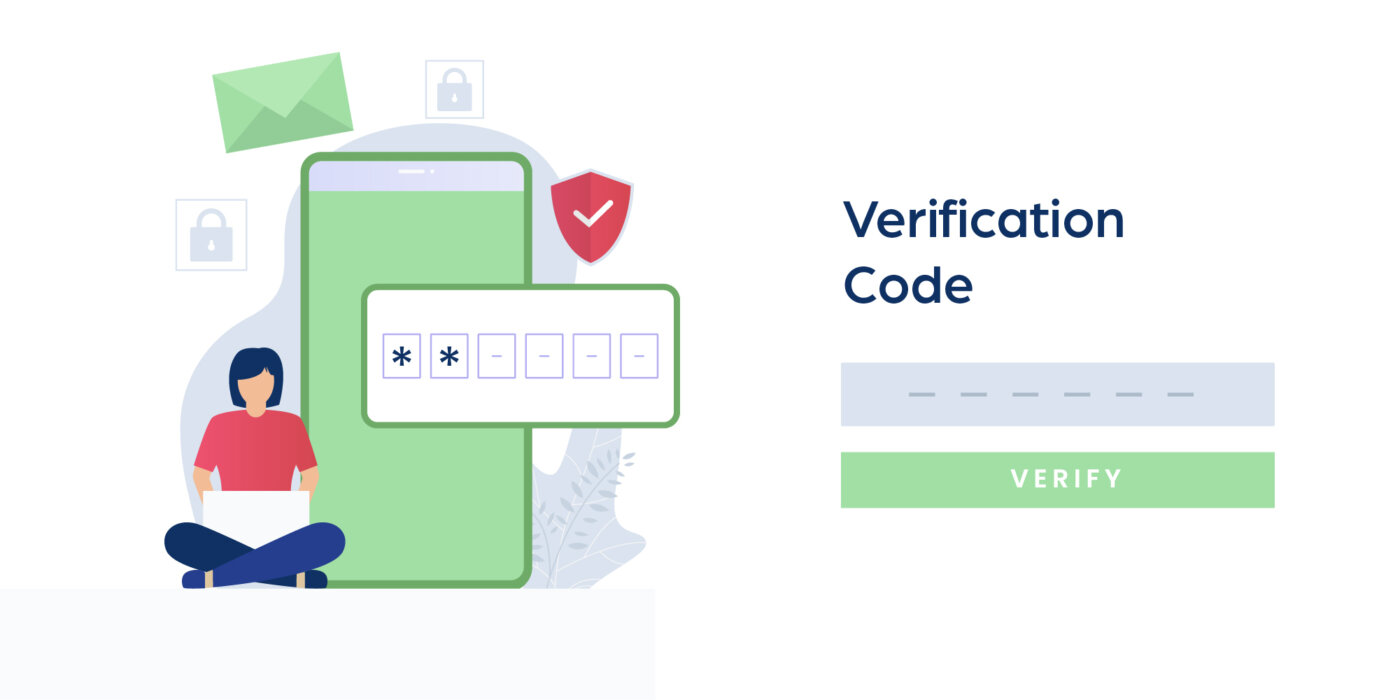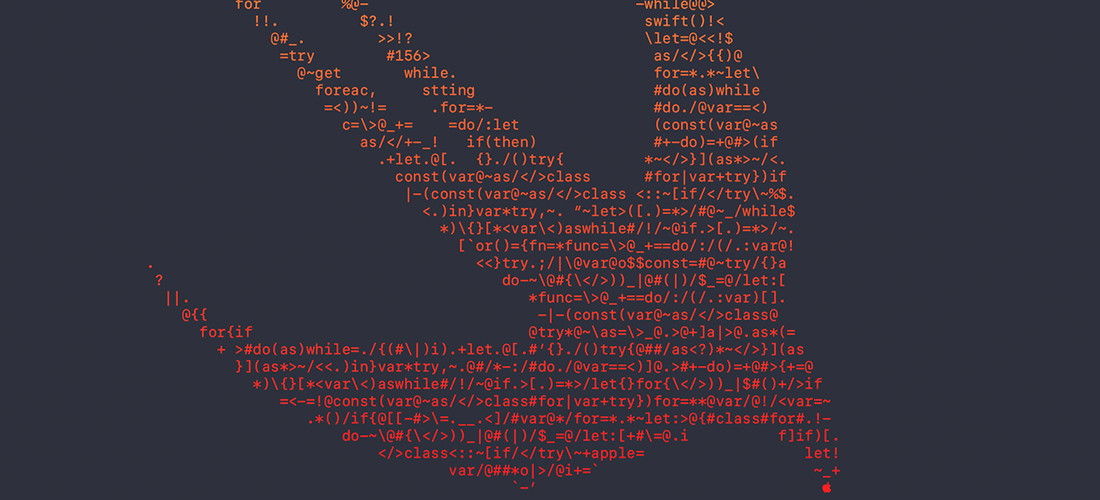
26 January 2021
How to Boost Your App’s User Engagement in 2021
The smartphone era is synonymous with the app era. With mobile phones dominating most of our waking hours, it’s the apps we interact with, maybe more than actual people. As users, our app engagement is at an all-time high. It’s hard to ignore the fact that we built a habit of mobile phone usage – checking our phones every 15 minutes or so. But what do we actually look for in an app? What do you plan to increase your app’s user engagement in 2021?
In 2020, the average smartphone user has 40 apps installed on their phone, but the majority of smartphone users’ time is spent on just 18 of them. For Millenials, the installed app count rises to 67 apps and they only use 25 of them. The others lay dormant, waiting for their time to shine.
The times are changing. COVID-19 has triggered a profound shift in consumer habits, and it includes a change in phone and app usage as well. Adapting to the “new normal” is the only way to navigate these interesting times and to drive engagement to your app.
What is user engagement?
Before we continue on, let’s have a refresher. What is user engagement and how do you measure it?
In broad terms, app engagement is a set of metrics that measure how users interact with your app. Since download numbers are misleading at best, app engagement rates show you how many users are actually using your app and how often they do it.
The most commonly used metrics are Daily Active Users (DAU), Monthly Active Users (MAU), session length, and retention length. The first two are pretty much self-explanatory: they reflect how many users interact with your app on a daily and a monthly basis. Session length shows you how much time your users spend in your app.
Retention length is what percent of users that installed your app come back the 2nd day, 3rd day, 30 days after, and 60 days after… and so on. The most common metric is the first week and 30/60 day milestones.
User retention is an important metric that tells you how many users are willing to stick around and how many users churn – meaning mow many users stop using or uninstall your app altogether after a certain time. Moreover, it’s a strategy-defining metric: if your user retention is lacking, you’ll need to come up with a way to normalize it before investing further into user acquisition.
The COVID effect: User retention is king in 2021
COVID-19 has completely changed the way we live, the way we work, and the way we spend our leisure time. As soon as global lockdowns became a reality, people turned to their mobile phones as a substitute for their normal activities.
Thus, consumer demand for mobile apps skyrocketed during 2020. According to an AppAnnie report, downloads of mobile apps and games reached 64 billion in the first half of 2020, a 10% increase from the second half of 2019.
App engagement in 2020 soared as well. April 2020 saw a whopping 25% uptake in global weekly hours spent on mobile, at roughly 70 billion hours.
Needless to say, it has been a great year for mobile apps. But there’s a catch: how do make your newly acquired users stay? With so many options out there, what makes your app stand out from the rest?
There isn’t a one-size-fits-all answer to this question. Nevertheless, an engaging app experience will help you retain those users that flocked to your app:
- Easy Onboarding: Avoid overwhelming new users with long-winded explanations of features and functions. Keep your flow of information gradual and steady. If you need to ask for permissions, only ask for what you need. Make the sign-up process as easy as possible so that it can be done in a minute or two.
- User Verification: After the sign-up, when you need to verify your users’ identity, don’t make it convoluted and confusing for your users. Make use of a simple and reliable verification solution such as VerifyKit. This will help you in the long run as passwords in general are a headache and on their way out.
- Push Notifications: A timely and relevant push notification is invaluable, especially for app user engagement in 2021. When competing for your users’ time, sometimes less is more. Remember that this is a double-edged sword, meaning if you use it too much, it’s bound to become annoying.
- Personalization: Tailor the content shown in-app to the user. It’s all about keeping the user experience in line with who or what the user is. The more data you have on a user, the more personalized content and notifications you can offer. When it comes to push notifications, personalized messages are always more welcome than generic ones. Keep track of what your users are doing in-app and offer them an incentive. Or, you can send a message depending on the location of your users. The choice is yours.
- A shift in focus: Focus on retaining your acquired users rather than investing further into user acquisition. Once you stabilize your user retention rates to acceptable levels, shift your budgets to the most relevant channels to continue your UA efforts. Keeping your existing customers is extremely important as it can cost 16 times more to gain a new customer than retaining an existing one.
The world is increasingly becoming mobile-first, and the app usage trend looks like it’s going to continue in 2021. The shift in user habits will likely prove permanent as well, as habits are hard to break. App developers need to adapt to the “new normal” and keep monitoring usage habits in 2021 and beyond.
Share








